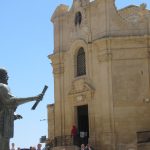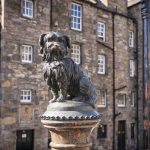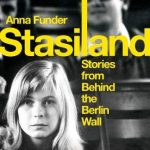Fàilte gu Dùn Èideann! Welcome to Edinburgh. This introduction to Edinburgh brings you information to help you get your bearings and pick up the basic facts which underpin everything, from the ghostly narrow closes of the old town to the Georgian elegance of the new town. Under the main article, you will find a list of all the episodes in our Edinburgh series, followed by reading ideas and useful links. Christopher McNab, author of ‘A History of Edinburgh’, summed up the city’s charm: ‘If you are going to pick a city to get stuck in your head forever, like a first love’, then smoky, beery, hilly Edinburgh is a good choice to make.’ So, let’s go!
Get Your Bearings

The capital of Scotland, Edinburgh is in Midlothian, a couple of hours drive from the English border and 5 hours by train from London. It’s setting is dramatic, overlooking the Firth of Forth, surrounded by crags and hills, and dominated by its hilltop castle. A volcanic eruption, some 350 million years ago, created the huge pile of rock on which the castle sits and the main street is built on the ‘spine’ which slopes down for more than a mile. The deep valleys either side, on which the side streets were built, add to the hilly nature of the city.
Edinburgh weather can be a challenge – R L Stevenson described it as ‘a downright meteorological purgatory in the spring’ – but on a lovely day, it’s glorious. Perhaps the best description is that of J G Lockhart, who wrote of ‘the majestic gloom of this most picturesque of cities’.
The Old Town and the New Town
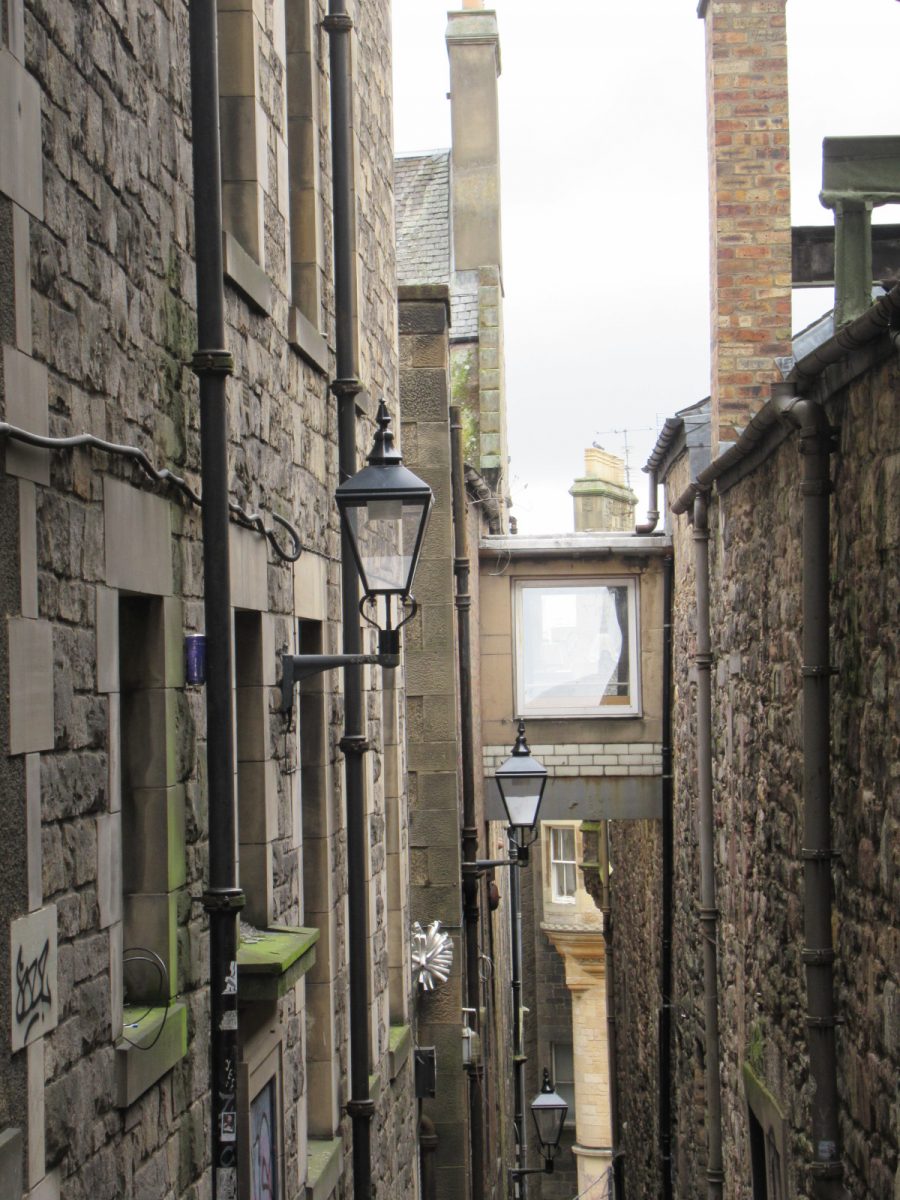
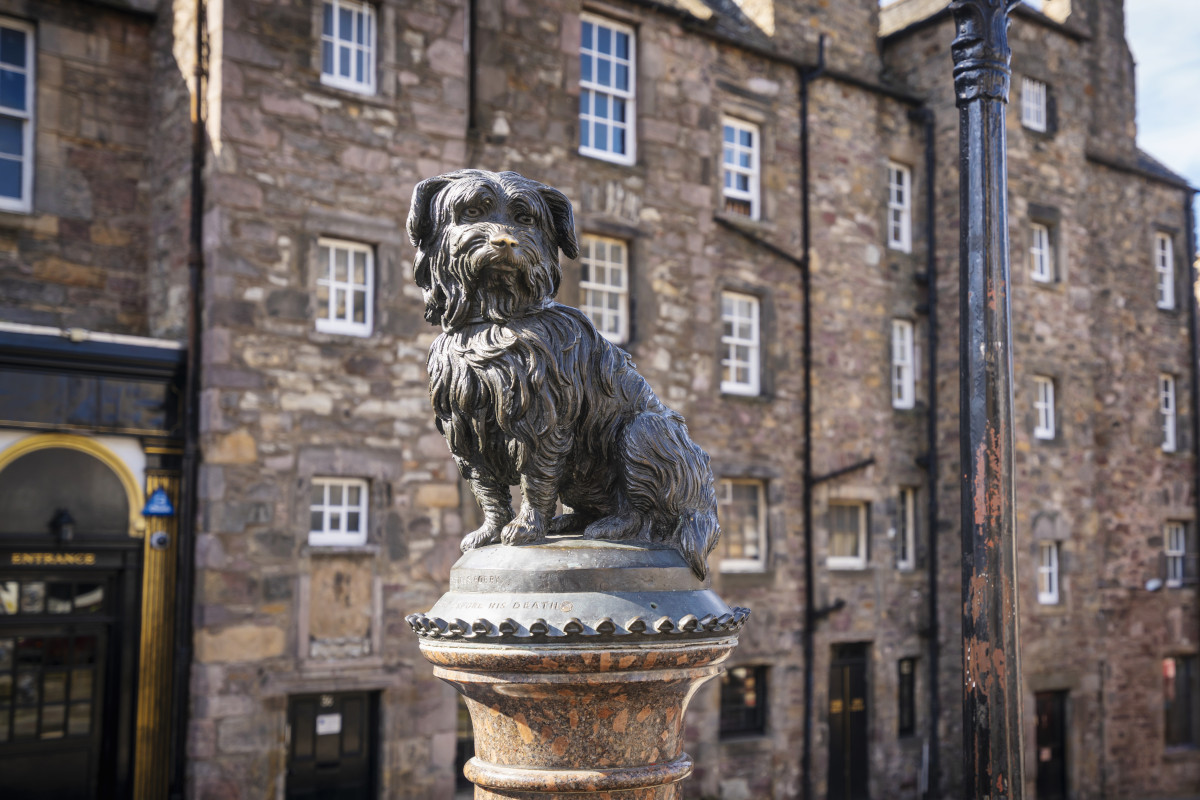
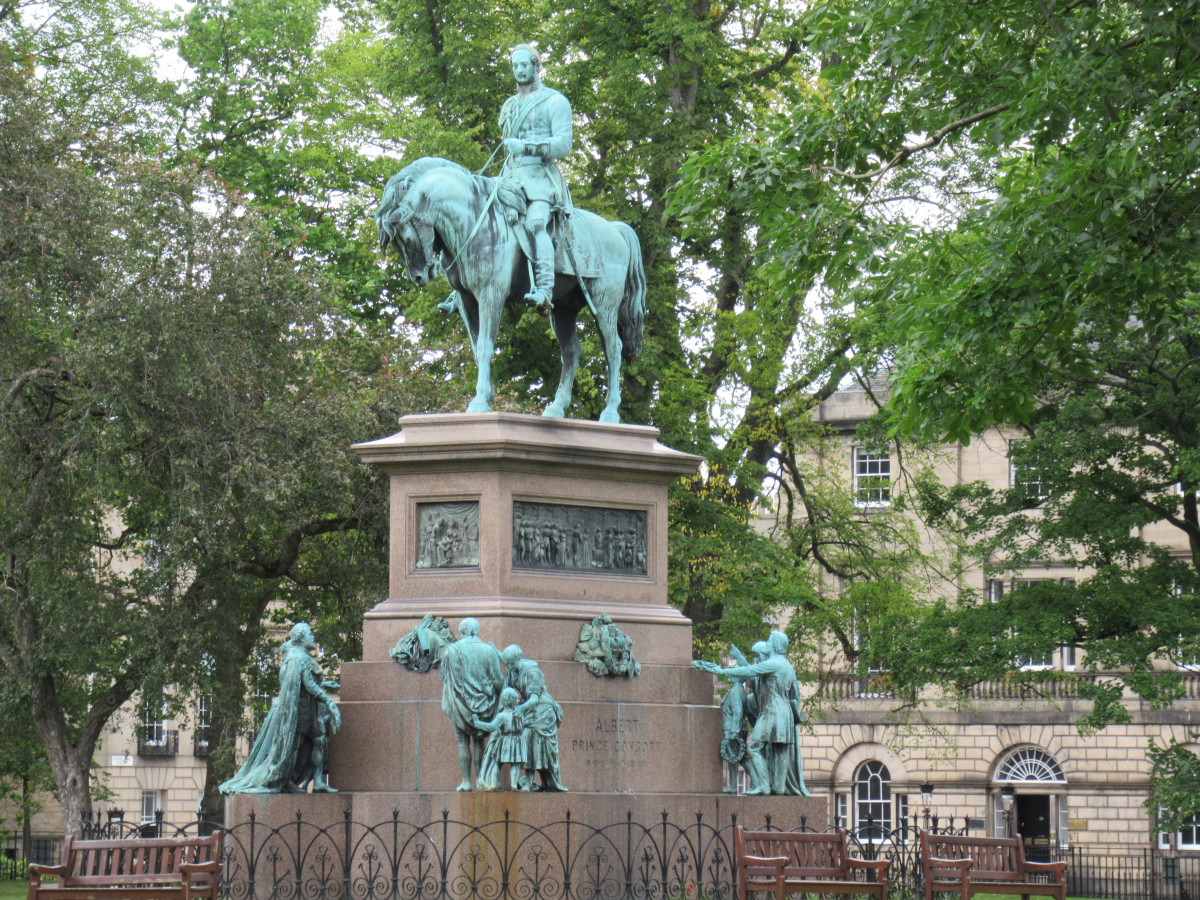
Edinburgh is quite small (population just over half a million) and can be crossed on foot in, say, half an hour. It divides very definitely into two. The Old Town spills out down the Royal Mile – actually a mile and a quarter! – from the castle at the top down to the Palace of Holyrood and the Scottish Parliament Building, also known as Holyrood. The tenement buildings stand close together, with narrow alleyways or ‘closes’ between them, some opening out into little courtyards. The buildings are tall, because building upwards was easier than creating new streets down the steeply sloping rocky sides.
The New Town, built as the population expanded in the 18th century, is an elegant, ‘planned’ development of wide streets in a geometric pattern, centred on George Street, with its fine squares at either end: Charlotte Square and St Andrew’s Square. The buildings are classical in style, elegant Georgian houses, built by the well-to-do who sought to escape the overcrowded tenements of the Old Town. Between the two areas is Princes Street Gardens, the park built on land created when the old Nor Loch was drained in the 1820s.
Edinburgh’s Early History
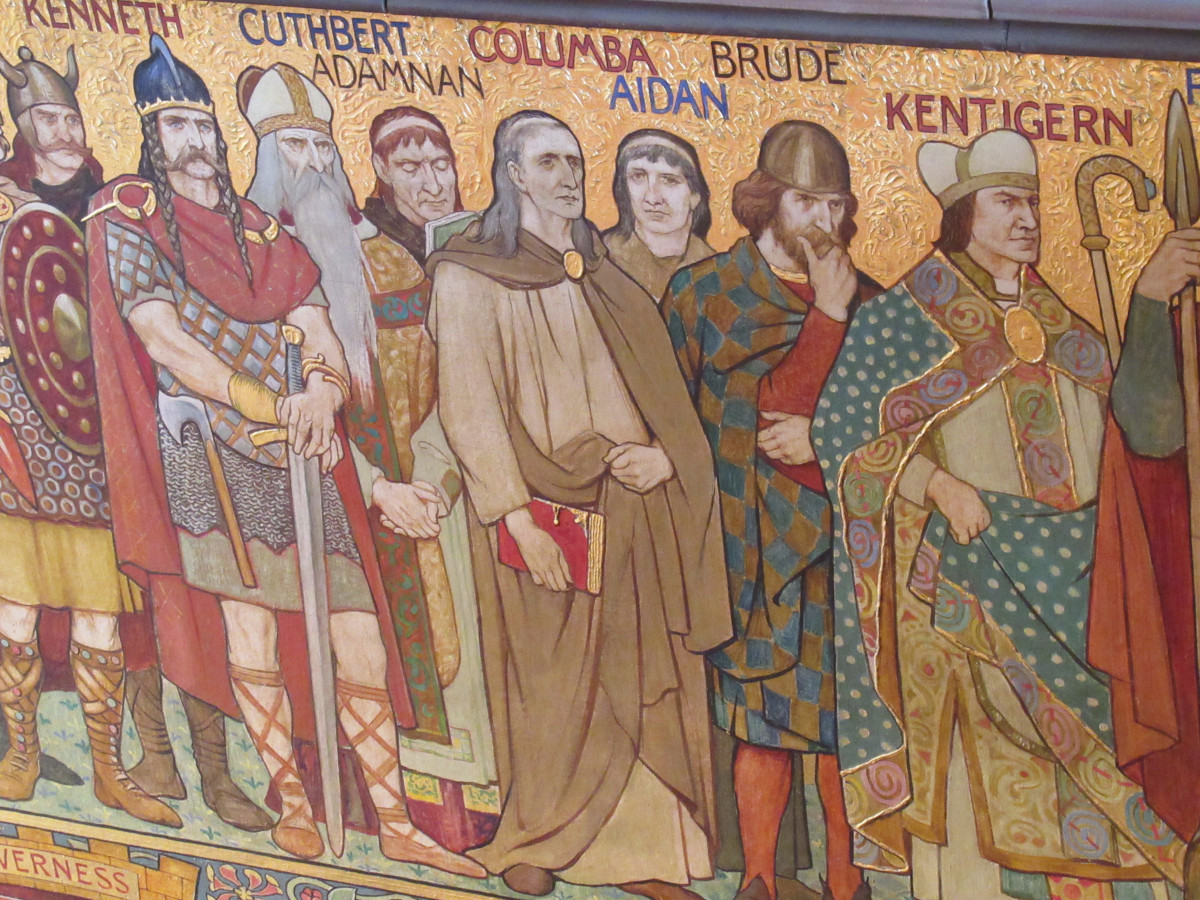

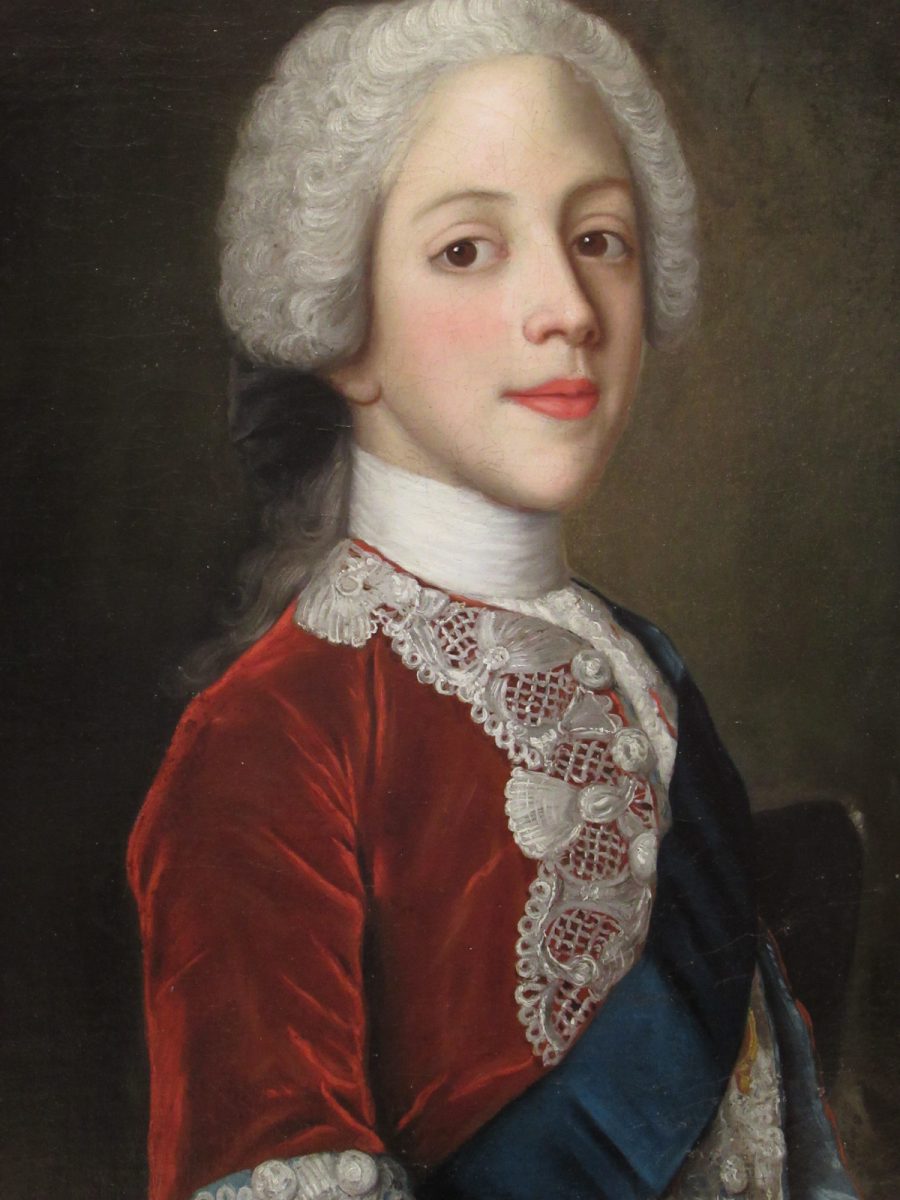
The early tribes who settled in ‘Din Eidyn’ were attracted by the impregnable setting of the castle rock. The first king to make his residence there was Malcolm III in the 11th century. There followed a turbulent history of fighting between clans and against the dreaded English. In the 14th century under Robert the Bruce, Edinburgh was named capital of Scotland.
In 1603 came the ‘Union of the Crowns’ when James VI of Scotland also became James I of England and a century later, in 1707, came the Act of Union, which created the United Kingdom of Great Britain. But not everyone wanted that. There were Jacobite Uprisings in 1708 and 1715, led by James Stewart, the ‘Old Pretender’, followed by another in 1745, led by Charles Edward Stewart, the ‘Young Pretender, aka Bonnie Prince Charlie, who was defeated at the Battle of Culloden in 1746.
From the Enlightenment to the 21st Century
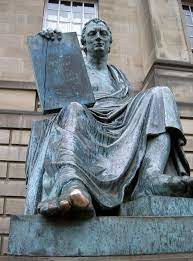
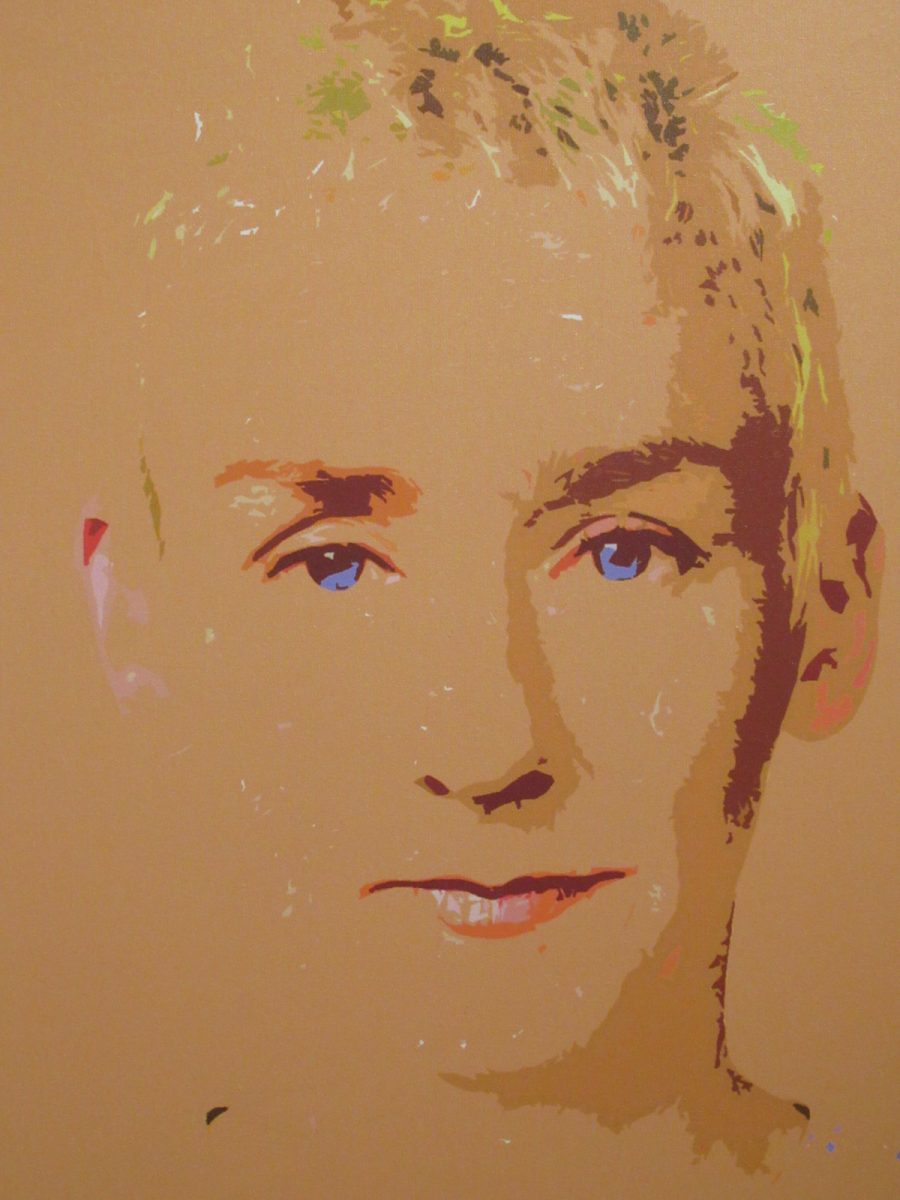
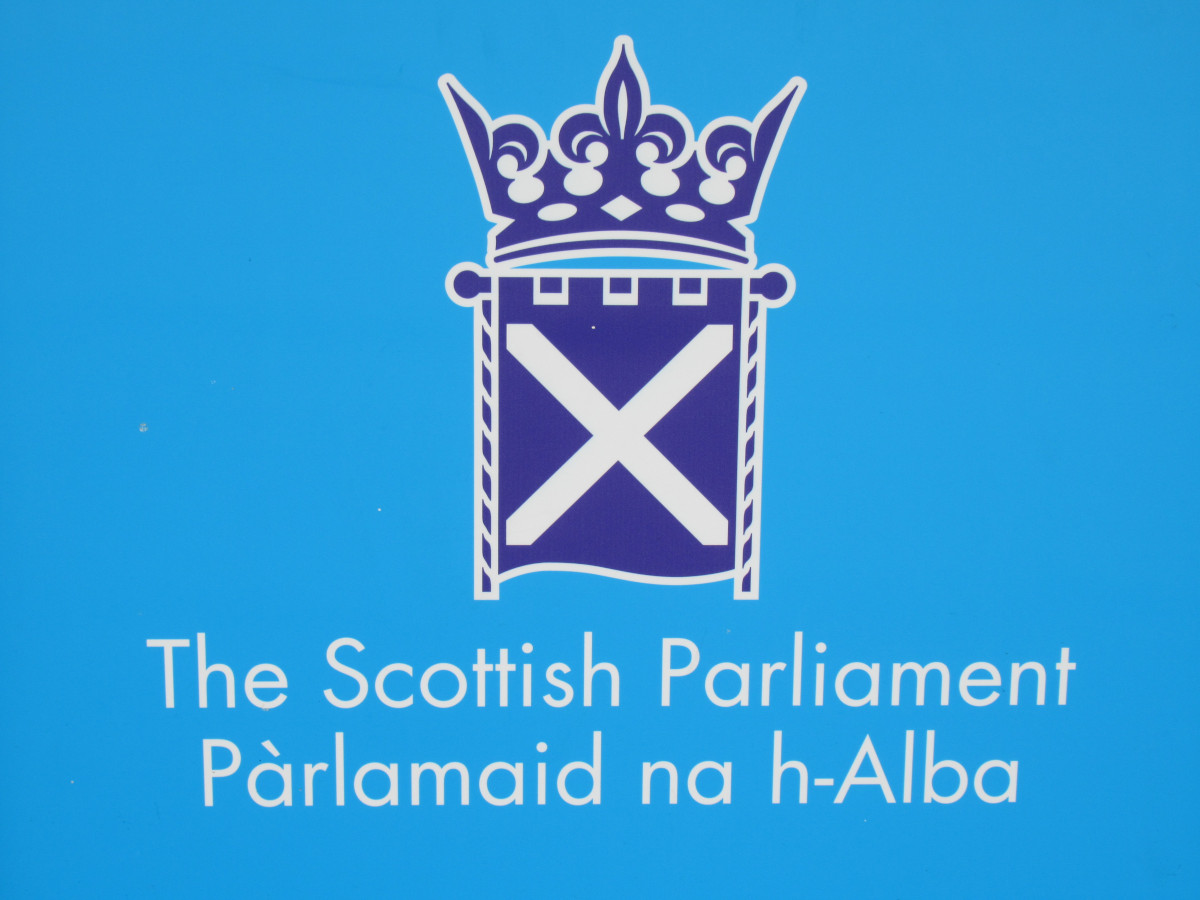
Edinburgh flourished particularly in the 18th century, when the New Town was new and became the centre of the Scottish Enlightenment. A host of Scottish writers, philosophers and economists, such as Robert Burns, David Hume and Adam Smith were known internationally. In the 19th century, the Edinburgh Improvement Act led to much improved living standards, especially in the Old Town.
In the 20th century came devolution, culminating in the opening of the new Scottish Parliament Building by Her Majesty Queen Elizabeth II in 2004. The Independence Referendum of 2104 saw a majority of 55% vote ‘No’, but the question has not gone away. The SNP majority continues to argue for a second referendum, in the hope that Edinburgh will once again be the capital of an independent Scotland. Again, not everyone wants that.
What makes Edinburgh unique?
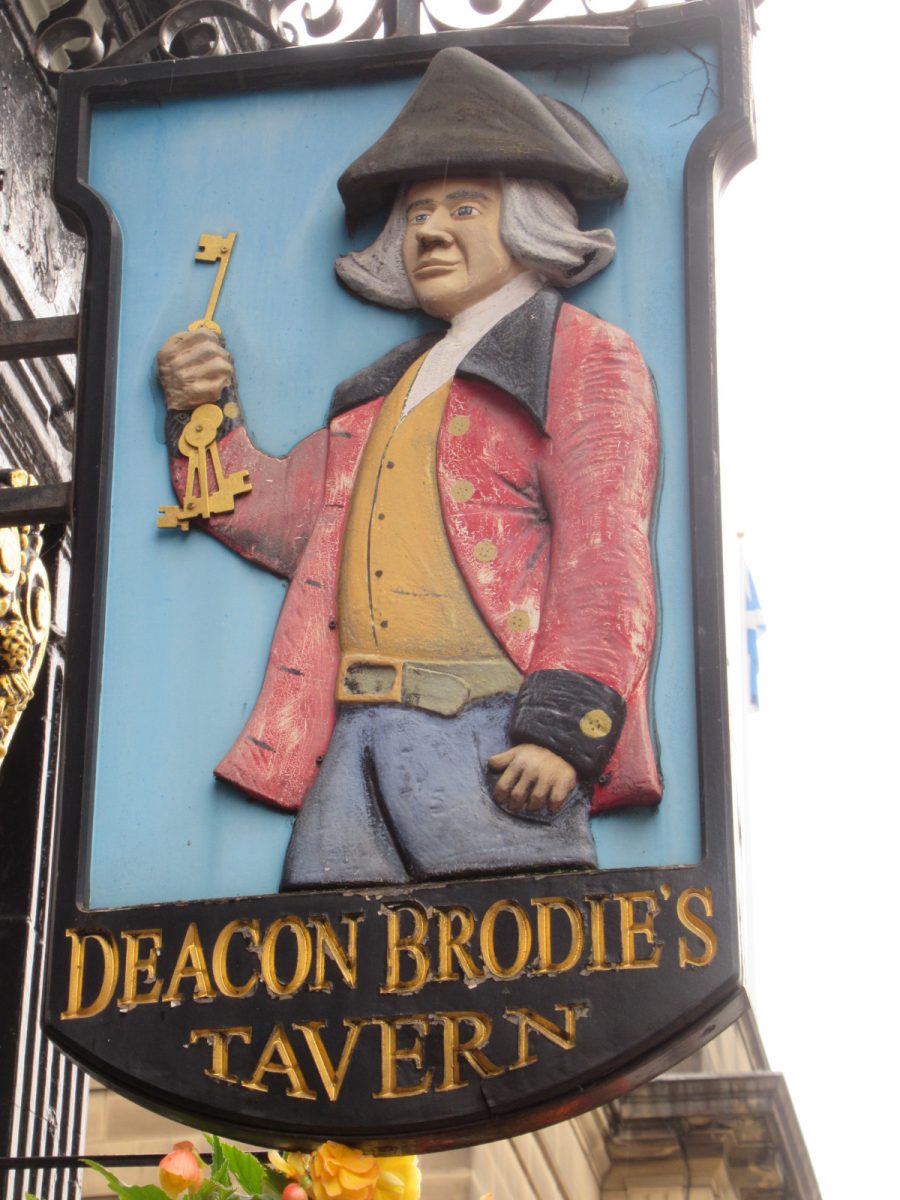

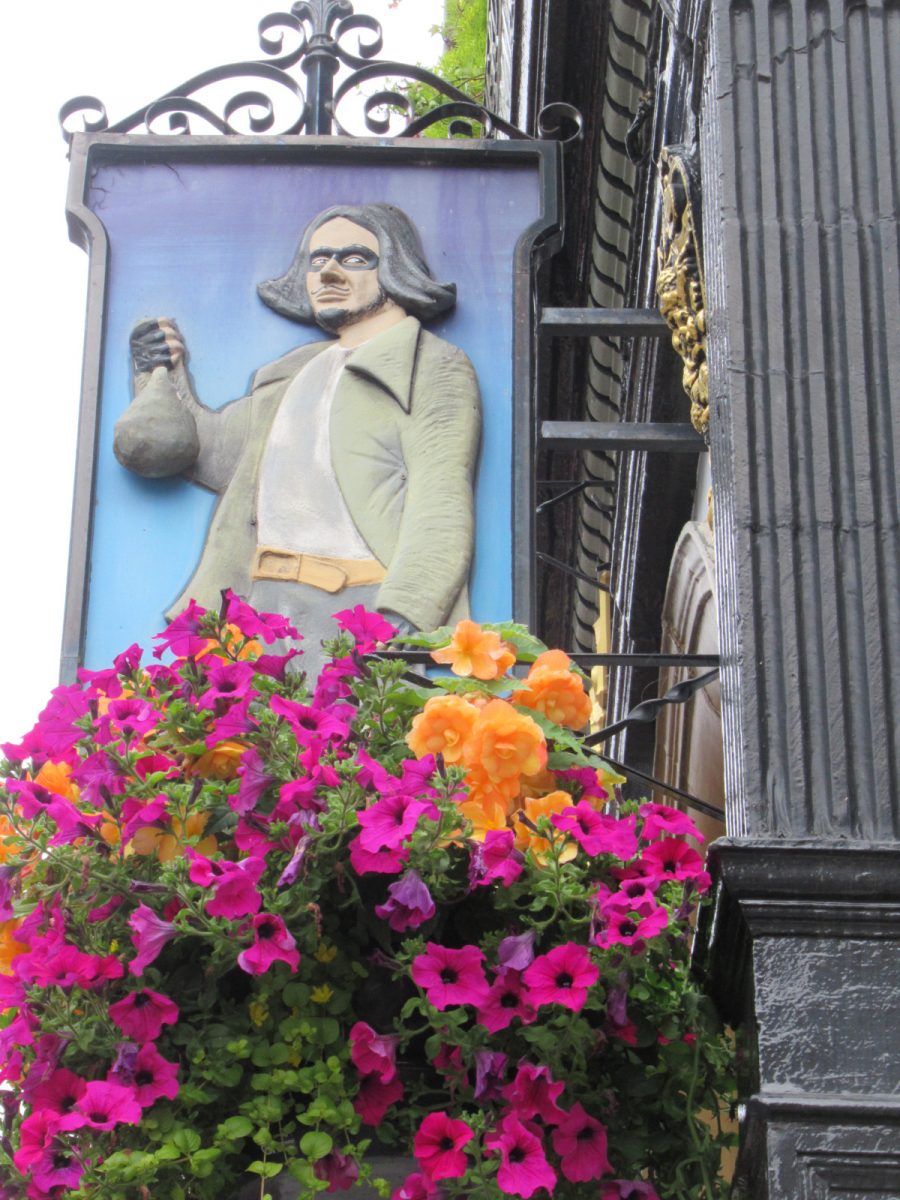
First and foremost is the stunning castle which dominates Scotland’s capital city. More generally, it’s a city of contrasts: the medieval darkness of the Old Town versus the neoclassical grandeur of the New Town; the spooky atmosphere of a city known for its ghost tours versus its reputation as a city of enlightenment; Deacon Brodie – there’s a pub named after him on the Royal Mile – was famously a respected councillor by day and a common thief by night; and the author of the famous split-personality story of Dr Jekyll and Mr Hyde, Robert Louis Stevenson, was an Edinburgh native.
People visit Edinburgh all year round for its history and its roots in Scottish culture – yes, there are pipers in kilts and plenty of places to buy whisky, shortbread and tartan. And they come especially for its grand parties, the Edinburgh Festival every August and the unrivalled Hogmanay, or New Year’s Eve celebrations.
In the next post, we’ll be visiting – where else to start? – the castle, for a little of its turbulent history and tips on what to look out for on a visit. Listed below is a list of all the episodes in our Edinburgh series. Below that are weblinks and guidebooks which proved useful in our research, along with ideas for a little wider reading: a couple of anthologies, books on Edinburgh’s history, literature and art and 5 novels set in the city.
Listen to the Podcast
other posts in the edinburgh series
Edinburgh Castle, the Heart of the City
The Palace of Holyrood House
The Royal Mile
Auld Reekie – The Old Town
The Enlightenment and the New Town
The Two Scottish Parliaments
Edinburgh, Best Explored on Foot
Edinburgh’s History Museums
Leith and the Royal Yacht Britannia
Edinburgh Literature and Writers
More Edinburgh Writers
Edinburgh’s Witches, Cemeteries and Ghosts
Edinburgh: Art and Artists
The Culinary Delights of Edinburgh
Edinburgh in Poetry and Prose
Links and Reading
Useful websites for tourists
Forever Edinburgh
All About Edinburgh
Visit Scotland
Edinburgh International Festival
Edinburgh Fringe Festival
4 useful guidebooks
Lonely Planet Pocket Edinburgh
Pocket Rough Guide to Edinburgh
Only in Edinburgh A Guide to Unique Locations, Hidden Corners and Unusual Objects by Duncan J D Smith
Edinburgh on Foot A Pocket Walking Guide by Richard Hallewell
4 useful history books
A History of Edinburgh by Christopher McNab
Edinburgh, A History of the City by Michael Fry
Edinburgh Curiosities by James U Thomson
Horrible Histories Edinburgh by Terry Deary
2 Anthologies
Edinburgh, A Traveller’s Reader by David Daiches
Book Lover’s Edinburgh A Guide and Companion by Allan Foster
6 novels set in Edinburgh
The Prime of Miss Jean Brodie by Muriel Spark
The Naming of the Dead by Ian Rankin (plus all his other novels!)
44 Scotland Street by Alexander McCall Smith (plus over a dozen novels in the series)
The Vanishing Act of Esme Lennox by Maggie O’Farrell
One Day by David Nicholls
Trainspotting by Irvine Welsh
Miscellaneous
Selected Letters of Robert Louis Stevenson Edited by Ernest Mehew
Kidnapped by Robert Louis Stevenson
Johnson and Boswell in Scotland Edited by Pat Rogers
Scottish Art by Murdo Macdonald
Last Updated on May 4, 2024 by Marian Jones



